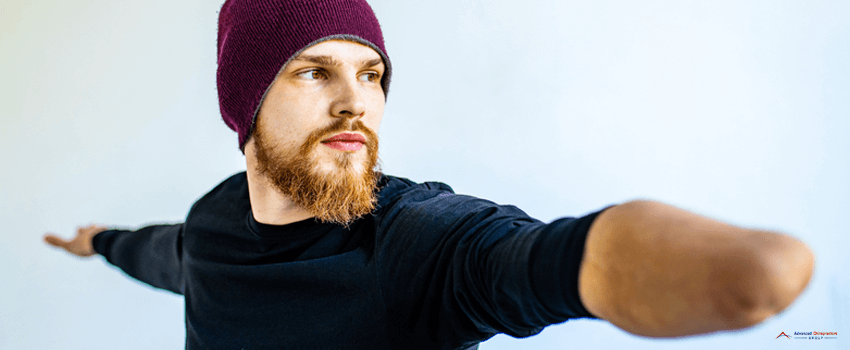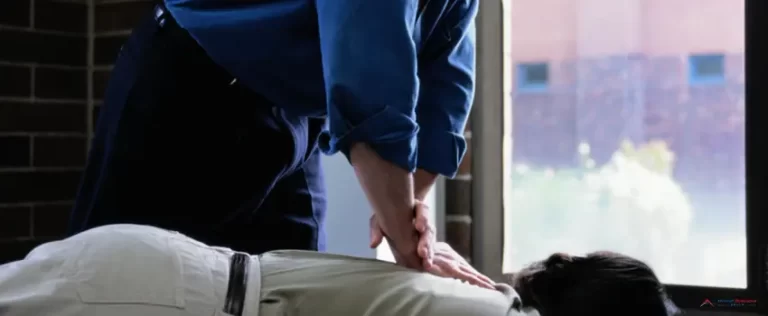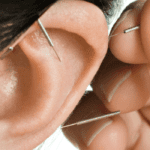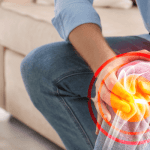Losing a limb can significantly impact your life and lifestyle. You may also experience many issues like pain in a limb that is no longer there, hypersensitivity to pain, scar tissues, swelling, poor blood circulation, and more. Unfortunately, these symptoms can occur immediately following surgery and may last for years.
Chiropractic therapy is a holistic approach to improving your health by improving your spinal alignment and balance. It also helps you achieve postural balance and avoid injuring the good side of your limb due to overcompensation if you have prosthetic limbs. Improving spinal alignment also improves blood flow and reduces pain.
Post-amputation Complications
Some of the post-amputation complications amputees experience include:
Edema
Stump edema is caused by trauma and tissue mishandling during surgery. An imbalance in fluid transfer across capillary membranes and lymphatic reabsorption after the amputation, combined with decreased muscle tone and inactivity, leads to stump edema. Patients often experience difficulties with how their prosthetics fit, mobility, and pain.
Muscle Weakness, Joint Instability, and Contractures
It’s common for amputees to experience muscle weakness, pain, or instability in muscles and structures not linked to amputation. These structures compensate and perform additional functions, which make them stiff, painful, or cause spasms.
Bed rest and decreased mobility after amputation also contribute to these problems. The deconditioning leads to decreased muscle mass, sarcomere shortening, changes in cartilage, and reduced muscle strength.
Contractures occur when the muscles, skin, tendons, and nearby tissues become permanently tight, making joints shorter and stiff. Contractures may occur on an amputee’s hips and knees, which can significantly impact their prosthetic rehabilitation.
Infections
Infections are also common after amputation, which increases patient morbidity and negatively affects healing, phantom pain, and longer waiting times for prosthetic fitting.
It also increases the length of hospital stays and the risk of pneumonia or reduced function. Regular wound inspection is necessary to detect signs of infections.
The wounds may also open along the surgical line, often when the wound isn’t strong enough to resist the forces placed on it, resulting in muscle and bone loss.
Pain
Amputees feel different types of pain; some are excruciating, and some are just weird and unsettling. It can come from the wounded area, the areas adjacent to the amputated limb, or the stump’s nerves. It may also come from exercise, vascular disease, the musculoskeletal system, or neuromas.
They also experience pain due to their prosthetics, which may be caused by ill-fitting sockets, incorrect alignment, improper wearing, and excessive sweating.
Why Amputees Need Chiropractic Care
Limb loss can damage the body’s structural elements, changing a person’s cranial and spinal biomechanics. Combining chiropractic care with prosthetic care helps address biomechanical and postural problems like imbalances in the cranial, limb, pelvic, and spinal areas, leading to pain relief and improved quality of life.
Patients with lower-limb loss need focused chiropractic therapy for lumbosacral, sacroiliac, and femoral misalignments. The opposite limb should also be checked for misalignments to help restore the body’s biomechanics.
Meanwhile, patients with upper-limb loss should have focused chiropractic treatments on the thoracic, acromioclavicular, and scapular misalignments. They should also be checked for cervical and dorsal dysfunction.
Benefits of Chiropractic Care for Amputees
Adding chiropractic care to their treatment plan provides amputees:
Lower Back Pain Relief
Many amputees find pain management crucial in maintaining a fulfilling quality of life after amputation. While physical therapy, massage, and acupuncture all have benefits in pain management, plenty of evidence suggest that chiropractic management techniques may also be beneficial. It makes sense because chiropractic care is focused on balance and alignment.
A 2012 study found that chiropractic techniques that address leg length inequality are crucial in reducing lower back pain. Researchers found that patients were more relaxed after focusing their treatments on leg length inequality. Most participants reported that their lower back pain had faded and their gait had improved after 18 treatments.
Chiropractors know how important it is to address leg length inequality. Treating leg length problems helps adjust and match prosthetic legs to the patient’s walking style, ensuring a healthy stride.
Phantom Limb Pain Relief
Phantom limb pain is the sensation of pain from a limb that is no longer there. It occurs when the stump’s nerves send pain signals to your brain even though your limb has been removed. Amputees describe it as a stabbing, burning, twisting, crushing pain.
Spinal manipulations can provide pain relief and phantom limb pain. Spinal care and chiropractic manipulations promote pain relief, improving health and communication throughout your nervous system.
Chiropractic Treatments for Amputees
The following chiropractic treatments can be used alone or in combination with other therapies like mirror therapy:
Massage
Massage helps relieve many amputation side effects. Massaging the end of your amputated limb or the soft tissue above it can help ease some phantom limb pain you may feel. It also helps reduce your pain sensitivity.
Massage also helps improve scar tissue, which can cause severe damage to surrounding tissues and lead to problems in the range of motion and pain. Massage can loosen scar tissue to prevent these issues.
Activator Protocol
An activator is a hand-held device that applies a controlled force on the affected joint to restore alignment and motion. Chiropractors compare leg length to locate the affected joint and assess the pelvic and spinal function. You need to wear your prosthetic limb during the assessment if you’re a lower-limb amputee.
Clinical Neurodynamics
You may also consider clinical neurodynamics, which is based on neuroscientific discoveries. These discoveries state that the nervous system is a sustainable unit that moves and slides in the body. These movements can impact scar tissue formation, blood flow to the nerve bed, and the surrounding inflammation.
Thompson Protocol
For this treatment, you will need to sit on a pneumatic table to allow your chiropractor to assess and treat your spinal misalignment. They use the drop mechanism of the pneumatic table to restore normal function to the affected joints, resulting in better body alignment and postural harmony.
You should consult your prosthetist or limb-loss rehabilitation group if you are interested in including chiropractic care in your prosthetic treatment plan.
Key Takeaway
Amputation can significantly impact your life, bringing many complications with it. Amputees experience muscle weakness, joint instability, contractures, pain, infections, and more. Chiropractic management and care can help address these issues. Some techniques that may benefit them include clinical neurodynamics, the Thompson protocol, massage, and the Activator protocol.
They should always consult with their primary health care provider, therapist, or prosthetist if they want to add chiropractic care to their treatment plan.
Live better with Advanced Chiropractors Group.
Chiropractic care benefits everyone. Our affiliate chiropractors in Vail, CO provide the best chiropractic treatments that suit your needs. Contact us and enjoy the benefits of a healthier body today.








